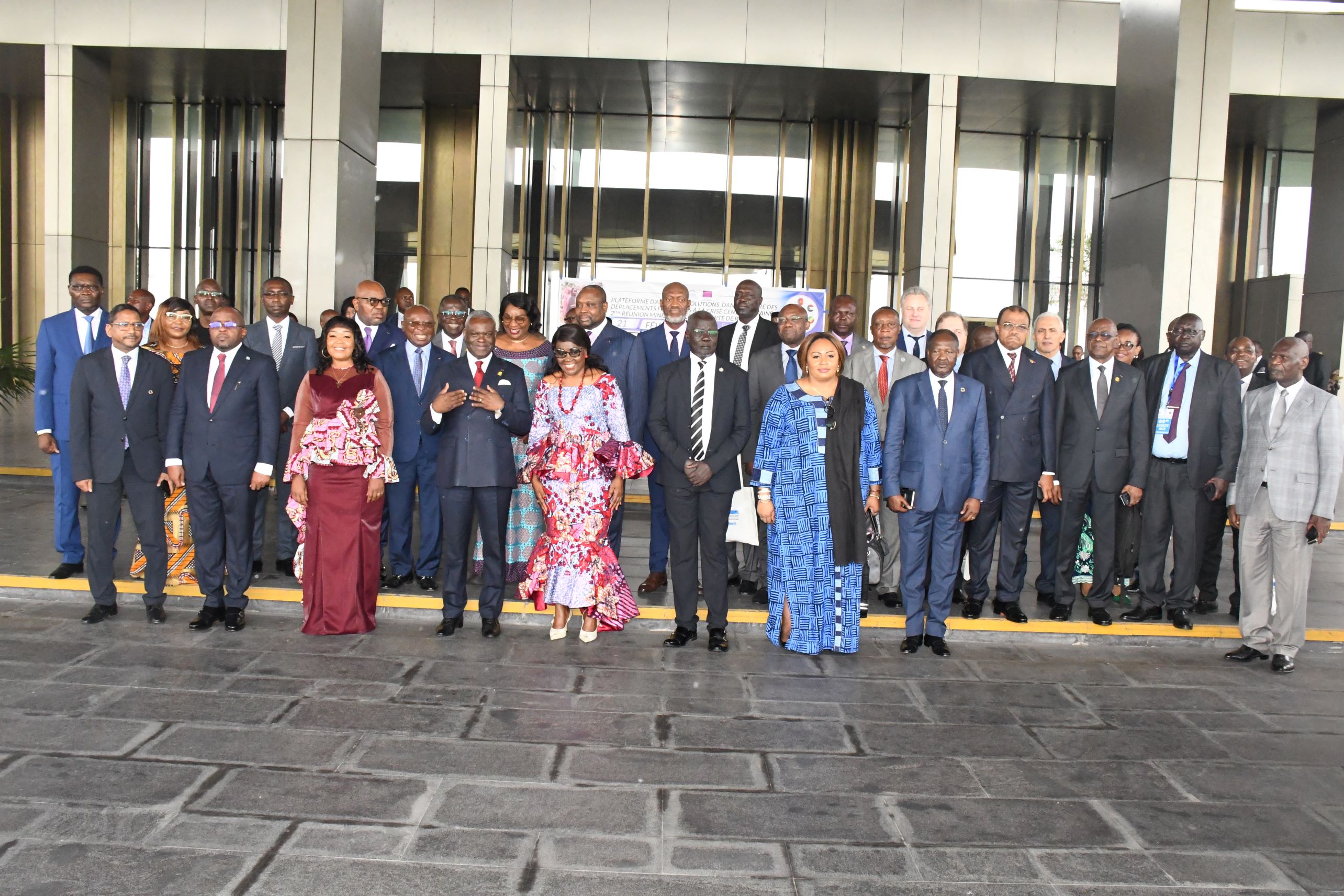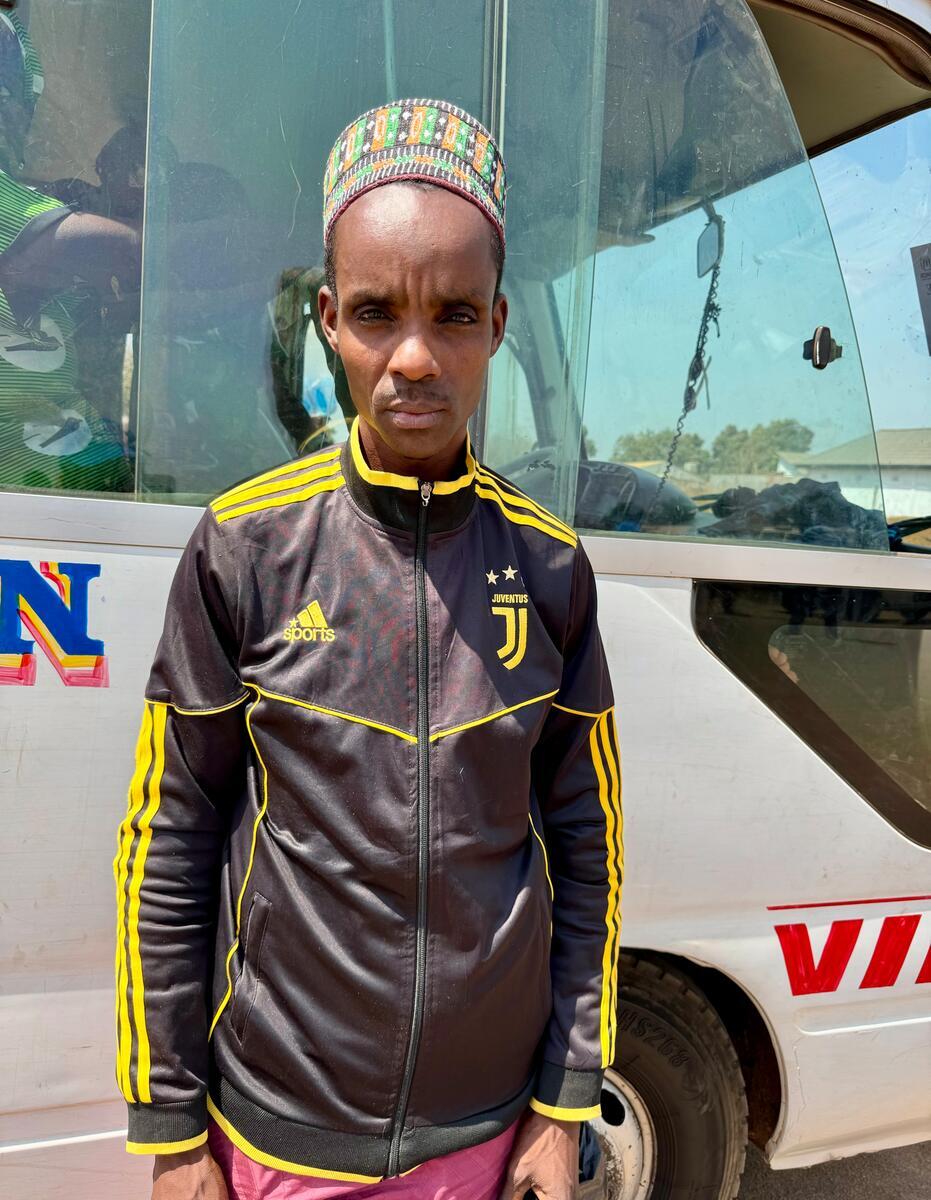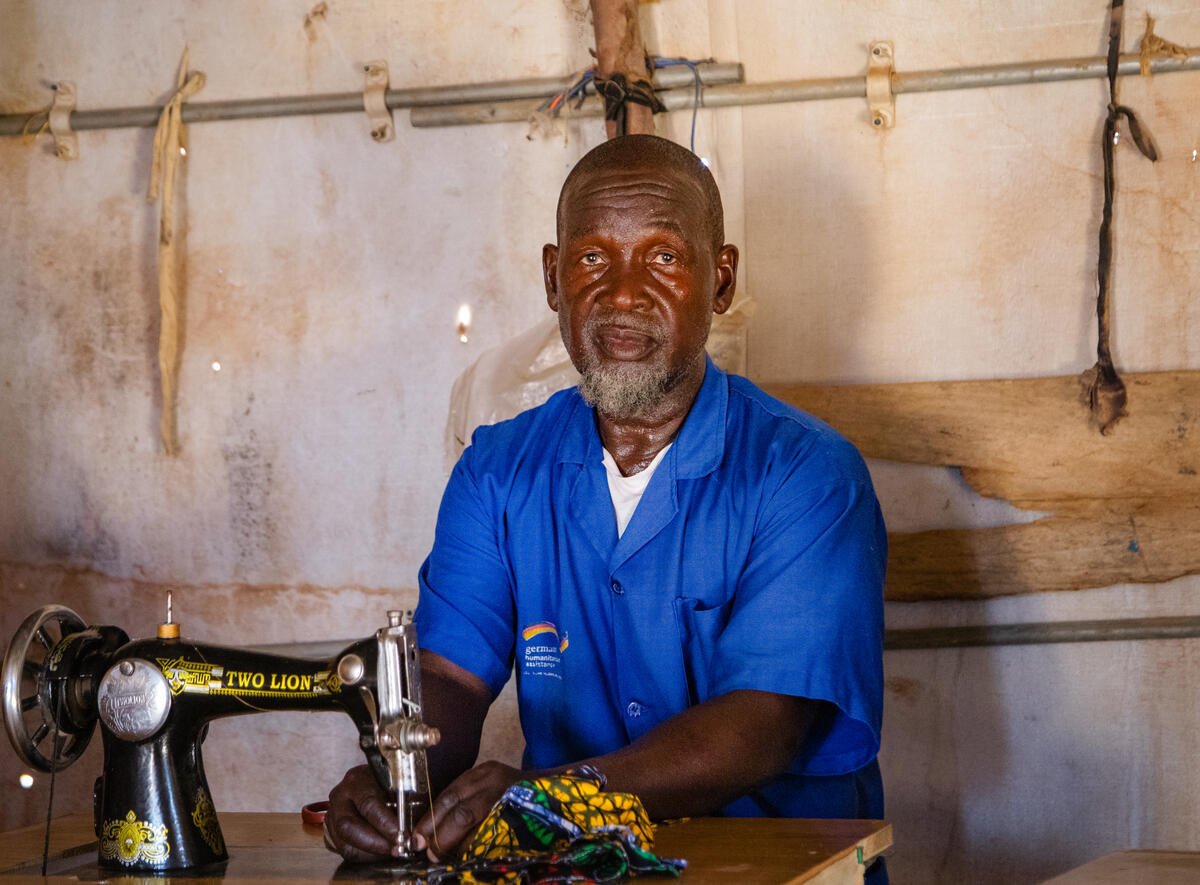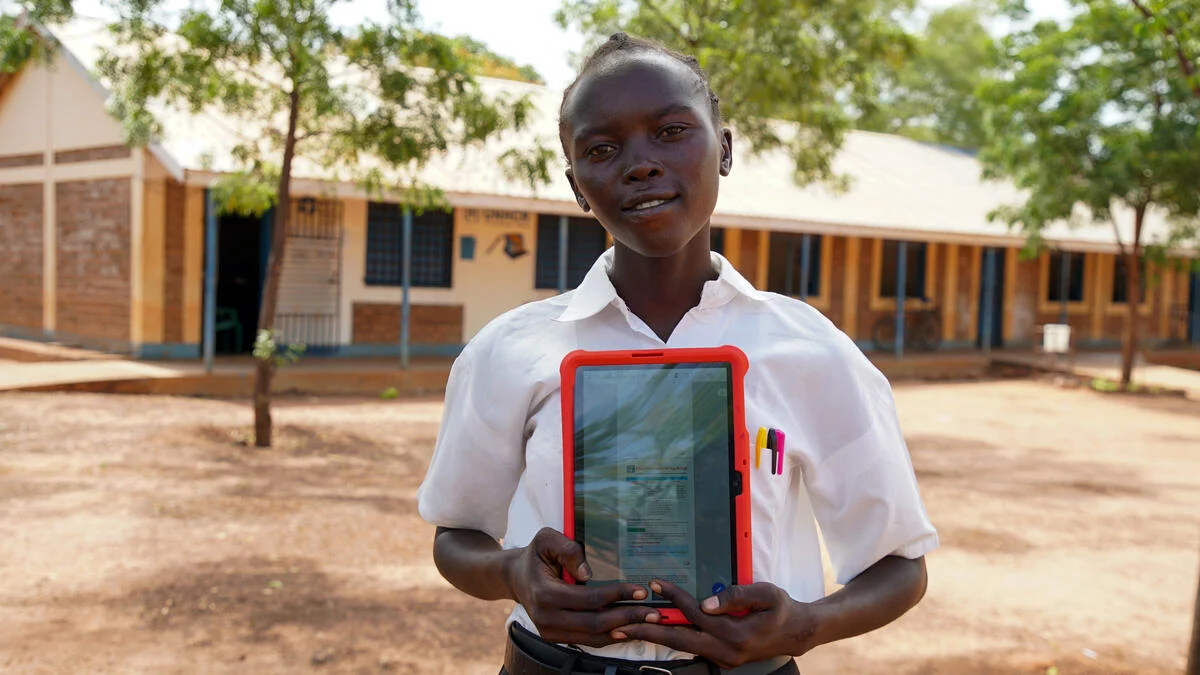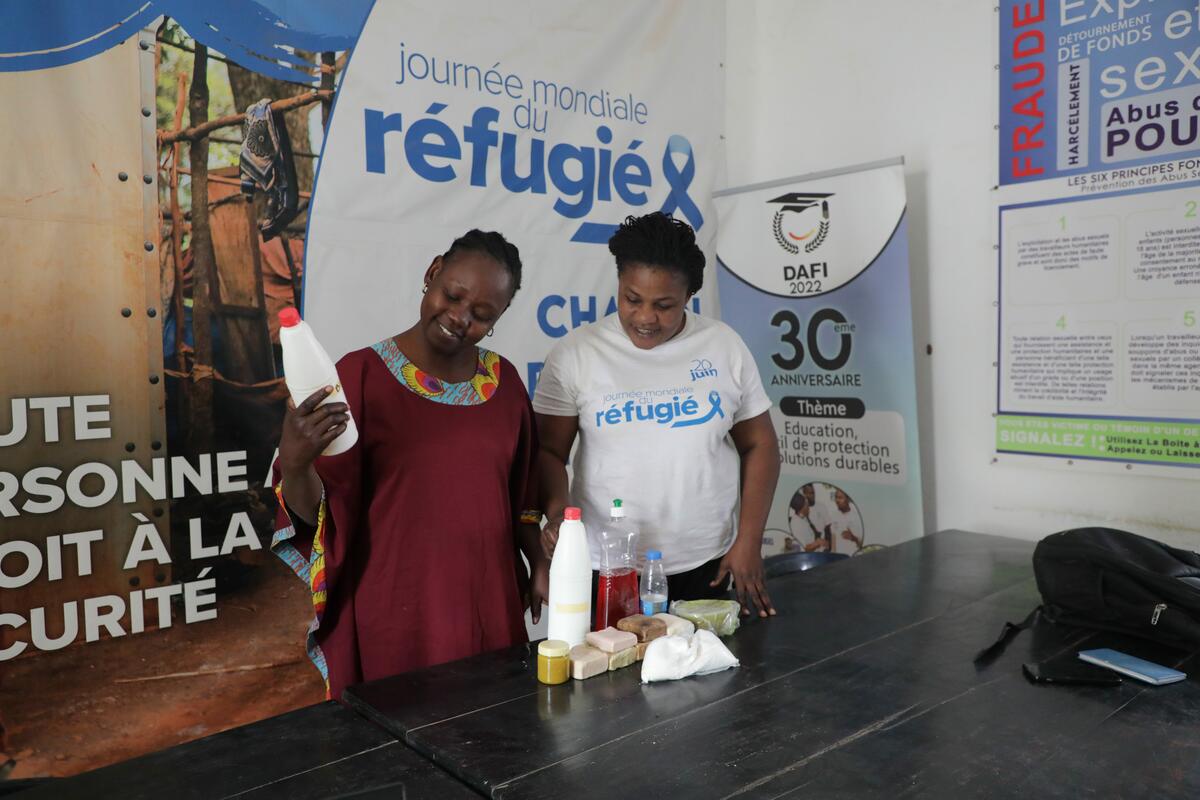Refugee figures in South Sudan hit the half a million mark as thousands arrive, fleeing conflict in Sudan
Refugee figures in South Sudan hit the half a million mark as thousands arrive, fleeing conflict in Sudan
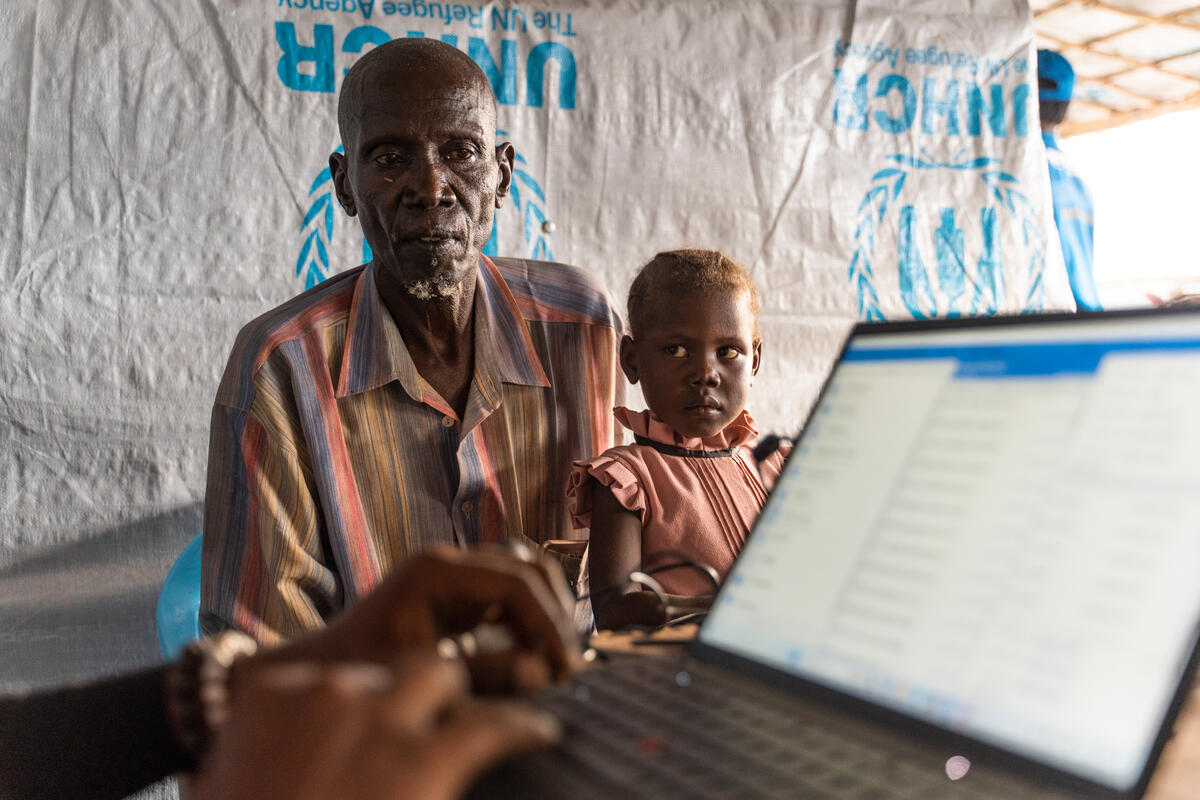
A newly arrived family from Sudan at the registration centre in Renk, South Sudan.
UNHCR, the UN Refugee Agency, announced today that South Sudan is now hosting over half a million refugees across 30 locations in the country, mainly in refugee camps in Maban, Jamjang, Wedweil, and Gorom.
Fueled by ongoing conflict in Sudan, this figure has almost doubled since 2023, underscoring the growing impact of the crisis across the region. South Sudan has received the second largest number of people fleeing Sudan, with more than 810,000 people having arrived since April 2023.
"The refugee population in South Sudan has almost doubled in less than 18 months and we expect worse to come. The conflict in Sudan is hitting South Sudan harder than any other country in the region and adds to the immense challenges the nation is facing.,” said Marie-Helene Verney, UNHCR’s Representative in South Sudan. “UNHCR and other humanitarian actors have been on the frontline of the humanitarian response and are now calling for others to join efforts to help South Sudan integrate the hundreds of thousands who have arrived.,” said Verney.
“It is clear, however, that the only solution is the end of the conflict in Sudan. South Sudan is reeling from the shock and cannot continue to absorb so much suffering,” added Verney.
More than half of all refugees in South Sudan are currently hosted in Maban County and another 135,000 refugees are living in the Ruweng Administrative Area. However, a growing number of people who are newly arriving are opting to settle in urban areas, presenting both opportunities and challenges for integration within local economies and communities.
2024 has posed unprecedented challenges for South Sudan. The ongoing crisis in Sudan has severely disrupted supply routes and oil exports, raising inflation and further weakening the economy. Prices of essentials including food have skyrocketed, limiting available resources in host communities, and making it extremely challenging to integrate new arrivals.
Nevertheless, UNHCR together with South Sudan’s Commission for Refugees Affairs under the Ministry of Interior, and other partners continue to support new arrivals and the local communities receiving them. In addition to meeting people’s immediate needs including water, shelter, and medical care, we are also advocating for long-term solutions for refugees and asylum seekers, including access to identity documentation, livelihood opportunities and inclusion into national systems such as health and education. Stronger international support for durable solutions such as resettlement is also crucial.
While funding for South Sudan remains generous, resources to fully meet people’s needs are still significantly low. As of October 2024, UNHCR activities in the country were only 47 per cent funded. We continue to appeal for more donor support for the response.
Prior to April 2023, South Sudan was already home to 275,000 refugees, most of whom were from Sudan and had arrived over a decade ago. This critical milestone comes at a time when approximately 2 million South Sudanese are internally displaced, and three quarters of the total population requires urgent humanitarian assistance.
END
For more information, please contact:
- (In Juba) Carla Calvo, calvoc@unhcr.orgLink is external, +211 927 141 812
- (In Nairobi) Faith Kasina, kasina@unhcr.org, +254 113 427 094


